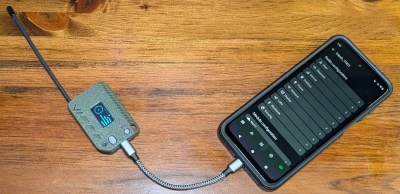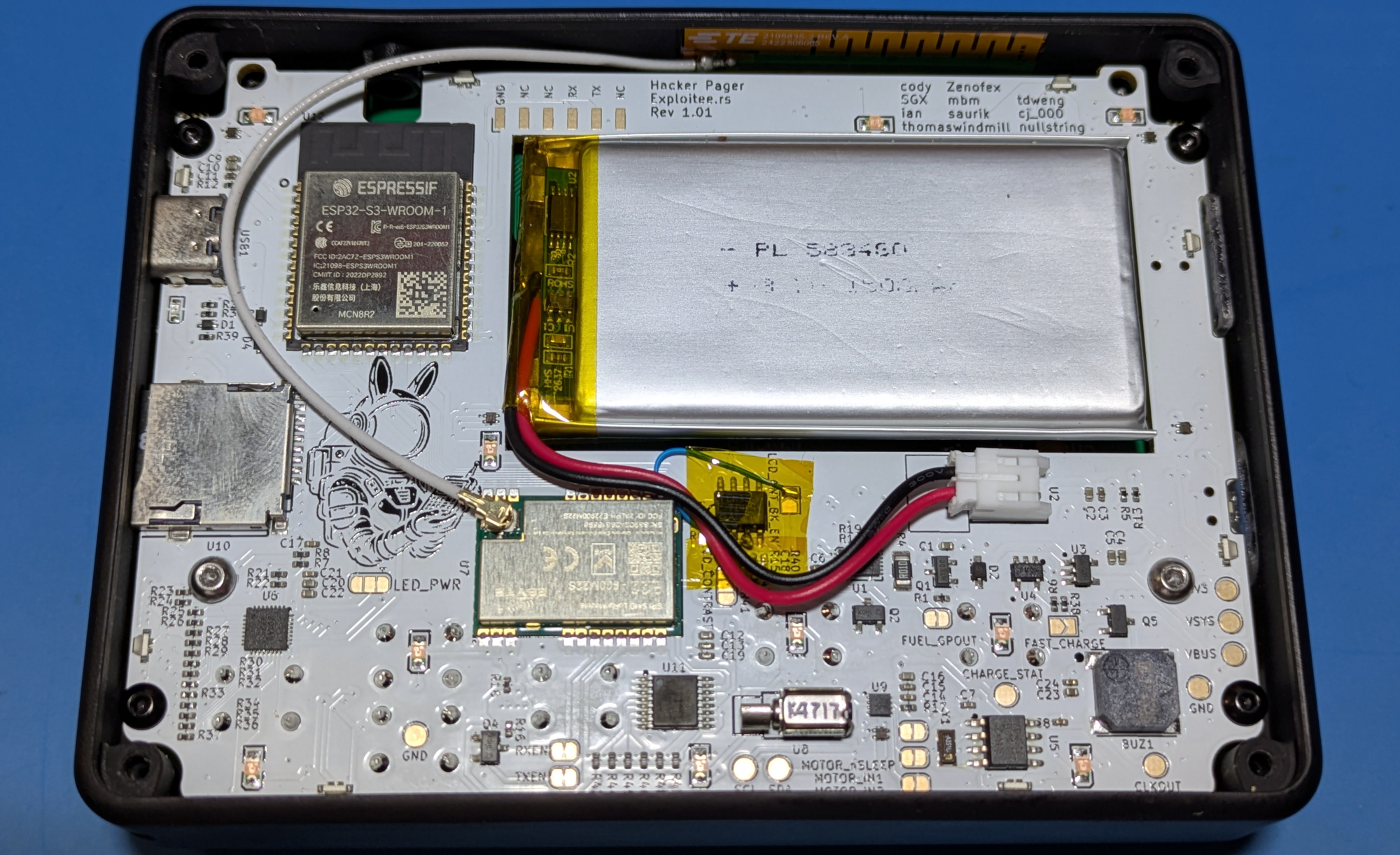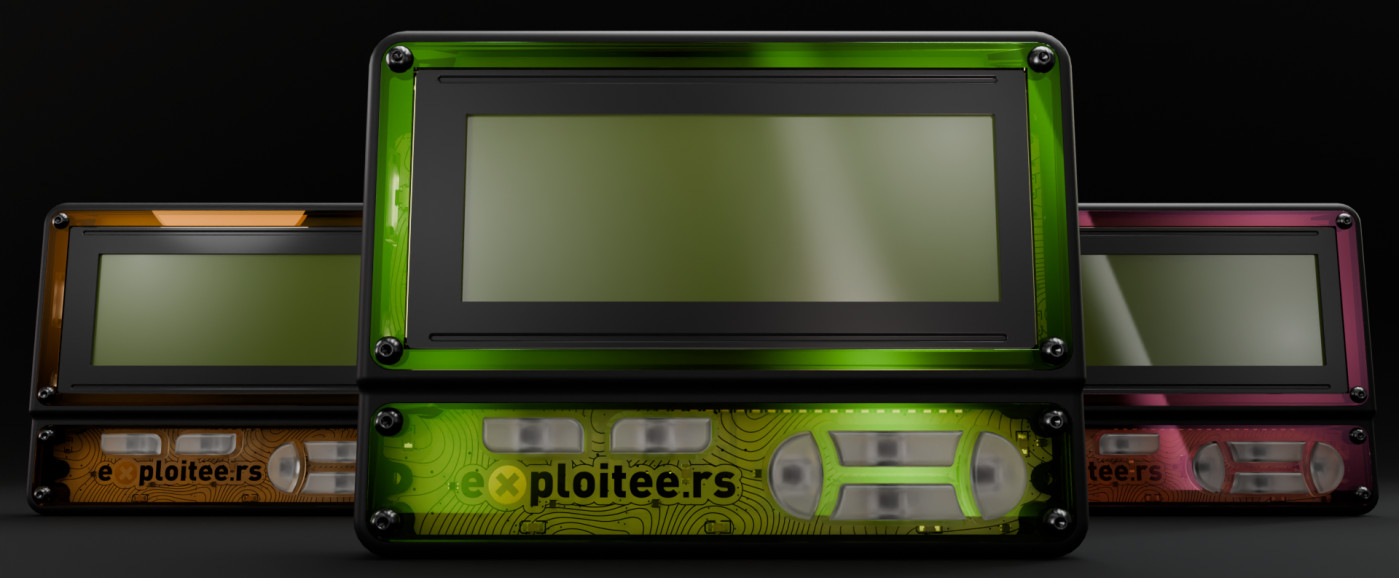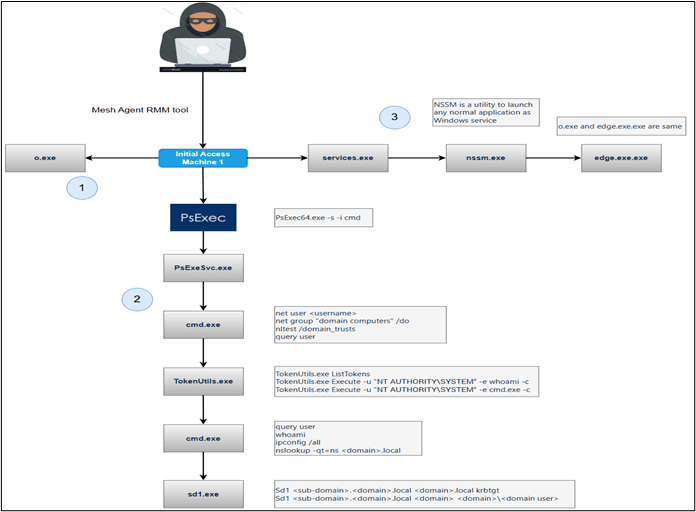Hands On: The Hacker Pager
It should come as no surprise that the hacker community has embraced the Meshtastic project. It’s got a little bit of everything we hold dear: high quality open source software, fantastic documentation, a roll-your-own hardware ethos, and just a dash of counterculture. An off-grid communications network cobbled together from cheap parts, some of which being strategically hidden within the urban sprawl by rogue operators, certainly sounds like the sort of thing you’d read about it in a William Gibson novel.
But while the DIY nature of Meshtastic is one of its most endearing features for folks like us, it can also be seen as one of its weak spots. Right now, the guidance for those looking to get started is to pick a compatible microcontroller development board, 3D print a case for it, screw on an antenna from AliExpress, flash your creation with the latest firmware, and then spend some quality time with the documentation and configuration tools to actually get it on the air. No great challenge for the average Hackaday reader, but a big ask for the weekend adventurer that’s just looking for a way to keep in touch with their friends while camping.
Quality hardware that offers a turn-key experience will be critical to elevating Meshtastic from a hobbyist’s pastime to something that could actually be fielded for applications such as search and rescue. Plus, let’s be honest, even those of us who like to put together our own gadgets can appreciate a more consumer-oriented piece of hardware from time to time. Especially if that hardware happens to be open source and designed to empower the user rather than hold them back.
Enter the Hacker Pager from exploitee.rs. As the name implies, it’s still very much a device intended for hackers — a piece of hardware designed for the halls of DEF CON rather than trekking through the wilderness. But it’s also an important step towards a new generation of Meshtastic hardware that meets the high standard of quality set by the software itself.
All in One, One For All
Before diving into the device itself, it would be helpful to take a moment to explain how users typically interact with Meshtastic, and what makes the Hacker Pager different.
Connecting an Android phone to Meshtastic via a Heltec V3
Generally speaking, there are two types of Meshtastic devices: stationary nodes placed on rooftops and other vantage points to provide the infrastructure, and mobile nodes that a person would carry with them that allows access the network. This isn’t strictly accurate as each mobile device can also relay messages and contribute to the overall mesh network, but for the purposes of this discussion that’s not really an important distinction.
The mobile nodes are essentially radio modems that connect to your smartphone. You might have one strapped to your backpack, or mounted to the roof of your car. An app on your phone allows you to use the radio to tap into the Meshtastic network, and provides (among other features) an SMS-like interface for sending and receiving messages. This can be a little ungainly if you’re physically plugged into the mobile node, but Bluetooth is also an option.
Now, what makes the Hacker Pager different is that it not only works as gateway device to provide access to the Meshtastic network to a tethered smartphone, but it can also be used as a stand-alone communicator. This approach is truly the best of both worlds, as you get all the functionality of the smartphone application, while also giving you the freedom to subtract the phone from the equation entirely.
hackaday.com/wp-content/upload…
The Hacker Pager isn’t the first Meshtastic device to provide this capability, but at the time of this writing, it’s still one of only a handful of options that offer it. It is however the first one to come in the classic pager form factor, which brings with it a certain nostalgic appeal. The unique layout and interface of the Hacker Pager does come at a cost though; at least for now, it can’t run the mainline Meshtastic firmware and has its own independent fork. But we’ll get back to that in a minute.
Built By Hackers, For Hackers
I mentioned earlier that the Hacker Pager isn’t designed for a rugged environment, but that doesn’t mean it’s a wimp, either. It’s built like a brick, which I mean in the most positive way possible. But more than that, it’s built how a hacker would build it. Laser-cut acrylic panels, 3D printed body and buttons, you can still see how each component could be produced by a well-equipped home gamer should they need or want to.
That’s something we often see get inadvertently overlooked by open source hardware projects, and I’m happy to see that it seems to have remained a guiding principle for the Hacker Pager. It’s no mean feat either — we always release the design files for our annual Supercon badge, but that’s not to say they’ve always been easy to recreate for the hacker who couldn’t make it out to Pasadena. It’s not that we ever intentionally design the badge to be hard to replicate, it can just get away from you sometimes.
Bodge wire not included on production units. Probably.
While going with a larger footprint for some of the components would have made DIY rework a little easier, there’s nothing about the Hacker Pager that would keep you from either building one yourself or using it as a basis for another design. That includes the license, as the hardware side of the project is available under the CERN Open Hardware Licence Version 2.
I could easily see the Hacker Pager becoming another Beepy — an OSHW project that resonates so strongly with the community that it inspires a whole line of clones.
A New Way to Mesh
The firmware for the Hacker Pager is forked from the upstream Meshtastic project, and as such, the device is fully compatible with all the infrastructure that’s already out there. Similarly, when used in conjunction with the official Meshtastic smartphone application, you’ll have all the features and functions you’re used to. But when you use the Hacker Pager on its own, it’s unlike any other Meshtastic device out there.
That’s largely due to the fact that the retro-inspired hardware of the Hacker Pager demands a different sort of user interface than any of the existing Meshtastic devices. The menu system makes excellent use of the vibrant 192×64 pixel monochrome LCD, and banging out messages using the on-screen keyboard and directional buttons is a breeze. Users from the younger generations may need some time to adapt, but for those of a certain age, it feels like home.
hackaday.com/wp-content/upload…
One of my favorite features doesn’t even kick in until you’ve put the Hacker Pager down for a bit. Once the device has hit the user-defined idle timeout, the screen backlight turns off and the screen shifts over to an ambient clock display that also shows critical status information such as battery level, number of nodes in the area, and a new message indicator.
It’s also got the features you’d expect from a modernized pager. You can be notified of incoming messages by the classic audible alert or vibration, naturally. But there’s also 36 addressable RGB LEDs and a dozen UV LEDs that are more than happy to put on a light show each time something hits your inbox.
More Than Idle Talk
Honestly, if everything I’ve just covered was all the Hacker Pager could do, I’d still have come away impressed. But the team at exploitee.rs took things a step further by adding in several tools that should prove useful for anyone who’s into hacking around on Meshtastic or other flavors of LoRa.
The Packet Capture mode (and matching Wireshark plugin) lets you explore the actual communication protocols at work, and the Spectrum Analyzer will visualize anything broadcasting between 850 to 950 MHz and optionally export the results. While there’s no official word on additional tools, it’s not hard to imagine how either exploitee.rs or the community could expand on these capabilities on the future with new functions such as a WiFi or Bluetooth scanner.
Joining the Pager Revolution
If you want your own Hacker Pager, it will set you back $200 for the standard Green/Black model shown here, or $250 for the Special Edition colors (Pink/Black, Orange/Black). Unfortunately, they’re currently out of stock.
We made every effort to time the release of this article to coincide with availability of the Hacker Pager, but folks have been chomping at the bit to pick one up since they were first unveiled last year, and demand was simply too great. Sorry about that.
But don’t worry, you haven’t missed your chance. We’re told that units will be available at DEF CON 33 next week if you’re making the trip out to Vegas, and if not, you can put your email down to be notified when the next batch of Hacker Pagers will be ready to go.
In the meantime, you can read up on the promise of the Meshtastic project and maybe even setup your first node.













